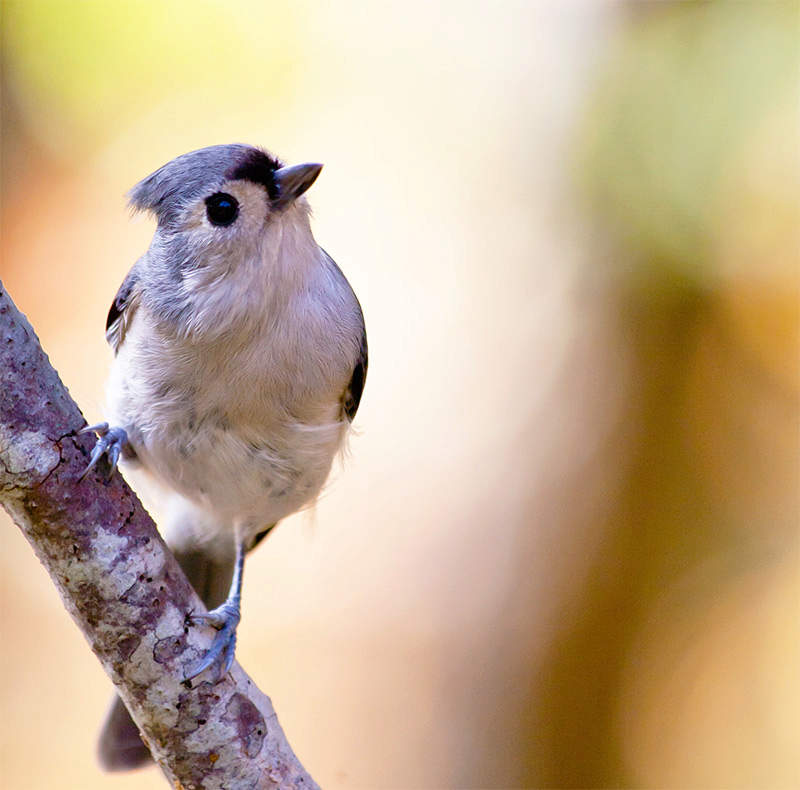Feeding Birds: Hulled Seed
When seed shells start building up under our feeders, many people start wishing they could feed birds without the mess. And sunflower seed hulls have a growth inhibitor; in the natural world, this helps sunflowers eliminate competing plants, but in our yards can be a genuine nuisance.
Hulled seeds—those that have already been separated from their shells—provide a no-mess alternative. They’re also much quicker and easier for birds to eat.

During the nesting season, species such as chickadees must spend most of their day searching for insects and delivering them to their hungry offspring. A feeder with hulled sunflower seeds can provide quick meals for the parents to keep up their own energy.
In some housing complexes where people are forbidden to feed birds, management may reconsider if a resident promises to use only hulled seeds, specifically because they don’t create a mess.
Hulled seed is more expensive per pound than regular sunflower seed, but the difference isn’t quite as dramatic as it seems because you’re paying only for edible parts rather than the weight of the shells. Because it is more expensive, most people feeding hulled seeds want to limit the birds taking them to smaller species, and want to exclude squirrels, pigeons, blackbirds, etc. Tube feeders with small perches, tiny feeders affixed to windows with suction cups, and feeders designed to close access when heavier species arrive are good options.

To protect your investment, put hulled seed in feeders that will keep it reasonably dry, and don’t scatter hulled seeds on the ground or in platform feeders without a protective roof. It is wise to put out no more hulled seed than birds can use up in a few days. Fortunately, hulled seed is so popular that birds usually use it up quickly.
Birds that feed on hulled seeds include chickadees, titmice, finches, orioles, a wide variety of sparrows, doves, and some woodpeckers.





